I sort through several vintage and historic images a day to come up with pictures I post on one of my three Facebook pages. I don’t have a lot of time, so I shuffle through them and put the images aside that make me pause in some way.
For some reason this one caused me to linger a moment longer.
I think it was the overall image – the nice window display, the sign was different than I normally see for the 1890s, and the child’s pose in relation to the mother – all of it caused me to say, “Whoa, what is this?”
While most might say it’s just an old picture, I see much more.
I see an opportunity to tell the story behind the image…the story behind the history.
It’s what I do.
This is an image of the photography studio of F.L. Howe located on Atlanta’s Pryor Street at some point between 1895 and 1903.
Howe was not originally from Atlanta. He was from New York, and specialized in commercial photography. Notice in the above picture where he has “interiors” and “exteriors” printed on his shop window. He specialized in taking pictures of businesses and business leaders and was known for photographing the interiors of the homes of several New York millionaires.
In 1895 Howe came to Atlanta on assignment with Adler Art Publishing Company of Chicago. They had the contract to create the souvenir book for the Cotton States and International Exposition held at Piedmont Park titled “The Atlanta Exposition and South Illustrated”.
The purpose of the Exposition was to promote trade between the southern states and Latin America by promoting industries and southern culture. It took over two million dollars to transform the property since many states and countries erected their own exhibition buildings.
The Exposition lasted for one hundred days and overall attendance is estimated at 800,000.
This image was taken from the Phenix Wheel and shows some of the extensive buildings erected for the Exposition.
When you view Howe’s photography it’s hard to imagine Piedmont Park was full of large exhibit halls including the Art Building with its beautiful paintings and statues.
This image shows a view of the Manufacturers and Liberal Arts Building. There was also an Agricultural Building, a Forestry Building, and a building to showcase electricity.
The Georgia building, seen below, showcased our agriculture and mineral and educational resources. Others states had dedicated buildings including Illinois, New York, Massachusetts, and Alabama, and Pennsylvania among others.
There was a Japanese Village.
Sioux Indians along with authentic teepees made up the Indian Village. Chief Stand and Look Back was there, a Native American who had fought General George Custer.
There was a Moorish Palace as well as the Streets of Cairo exhibit.
There were bullfighters from Mexico in the Mexican Village; however actual bullfighting was not part of the show.
There was a midway referred to as Midway Heights. To the left in the image below you can see the Mystic Maze a building full of corridors and mirrors where you had to find your way out. The midway included rides such as the Phenix Wheel, a Palace of Illusions, a Peep Show, fortune tellers, photography studios, restaurants, food stands, and bars.
There were several highlights during the one hundred day Exhibition including an appearance by the nation’s Liberty Bell.
An appearance by President Grover Cleveland with lots of pomp and circumstance.
John Phillip Sousa played a composition he specifically created for the Exposition called “King Cotton”
Another highlight was Booker T. Washington’s “Atlanta Compromise” speech.
My favorite image is one he captured of the New York Press Club as they took a drive by the Georgia State Capitol.
All of these images were taken by Frederick L. Howe and were included in the official book. Some of the images can be seen here on file with the Atlanta History Center and others can be seen by looking at a digital file of the book here.
Howe stayed on in Atlanta following the Exposition working for the Atlanta Constitution until 1903. While he lived in Atlanta he took many images of African Americans that found their way onto post cards that are highly collectible today. It could be that his friendship with Joel Chandler Harris sparked the interest since Harris was none other than “Uncle Remus”, the collector of African American folktales.
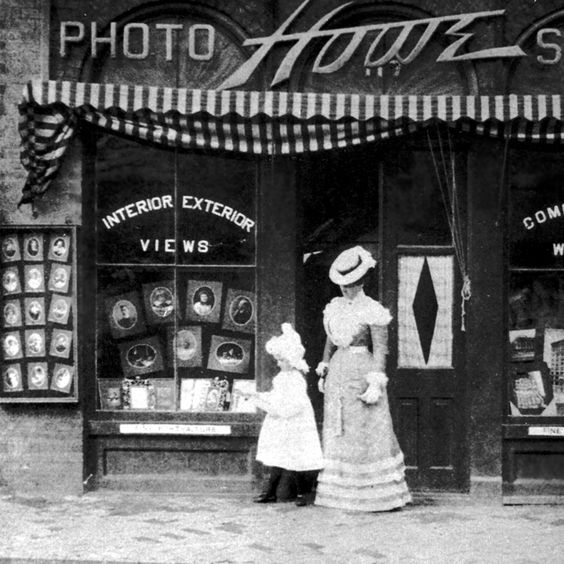
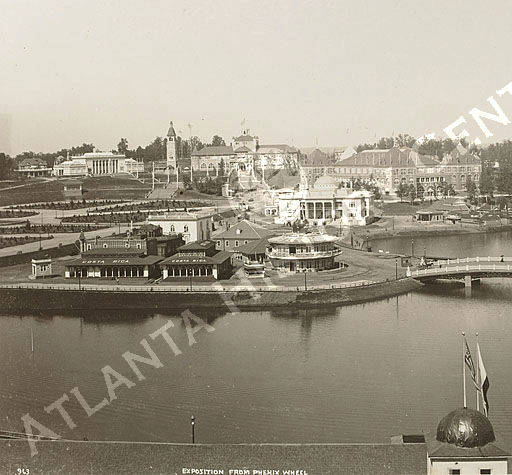
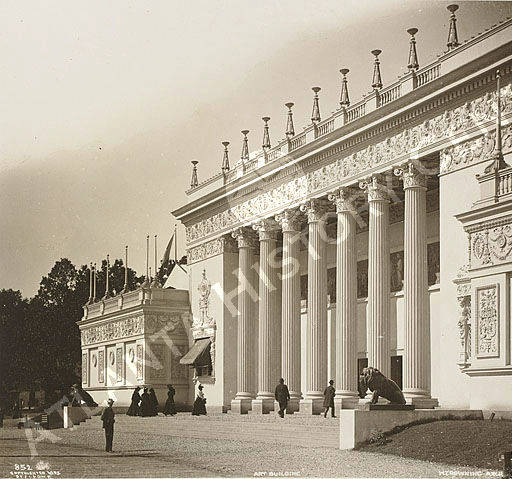
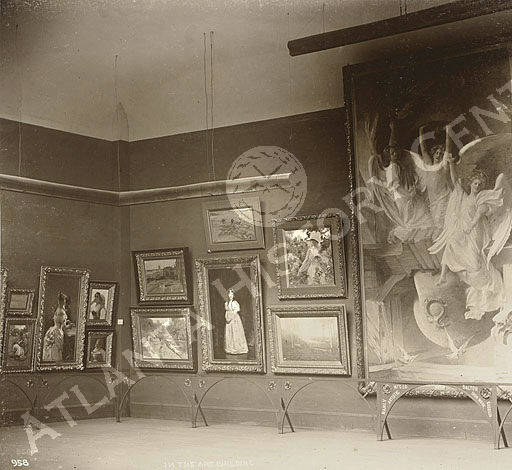
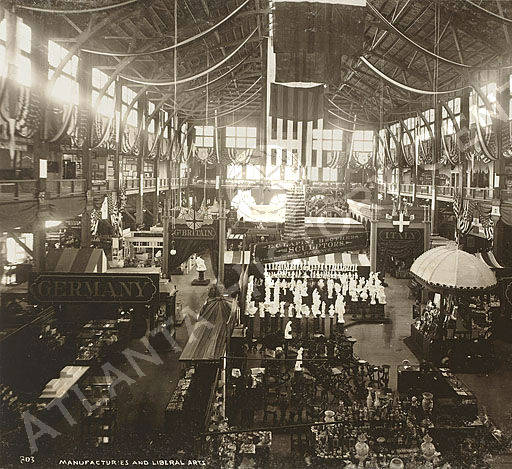
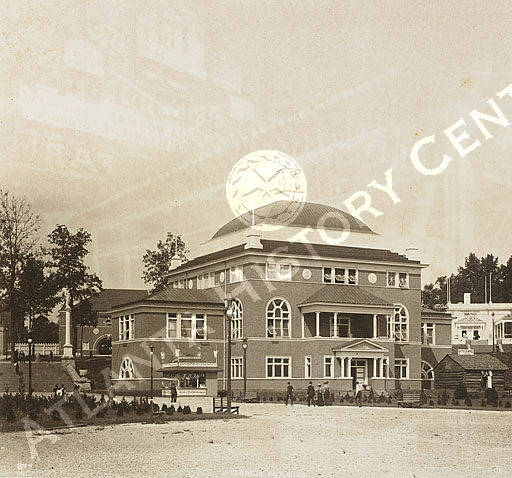
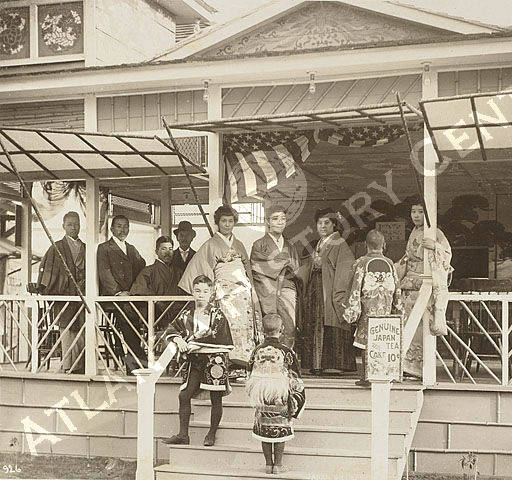
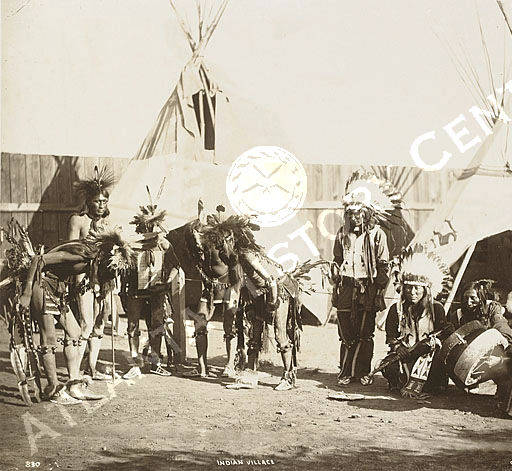

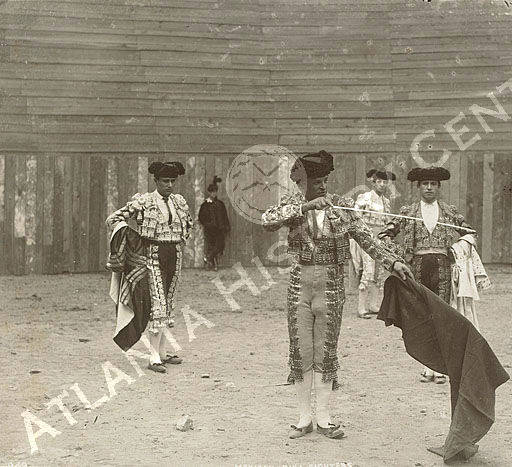


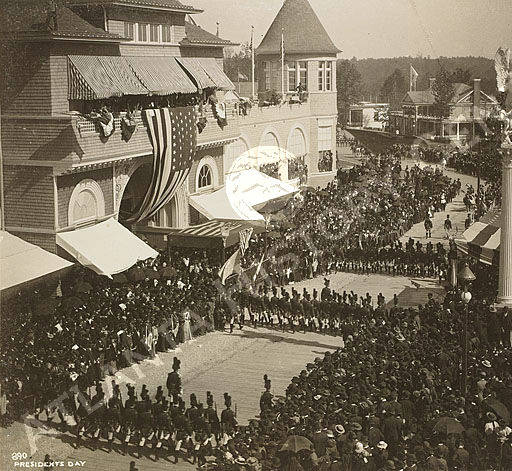

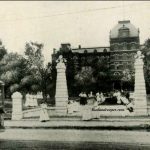
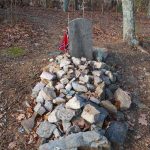
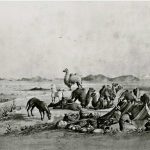
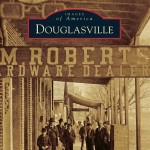
Love this article! Thank you for sharing!